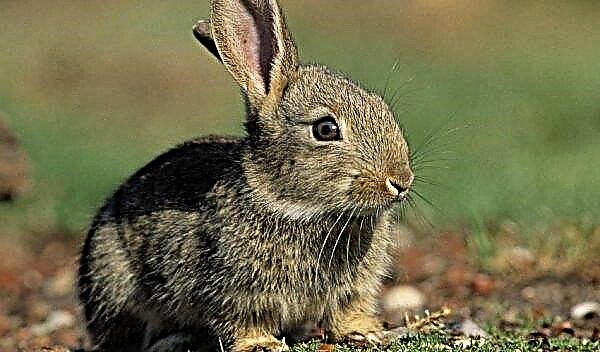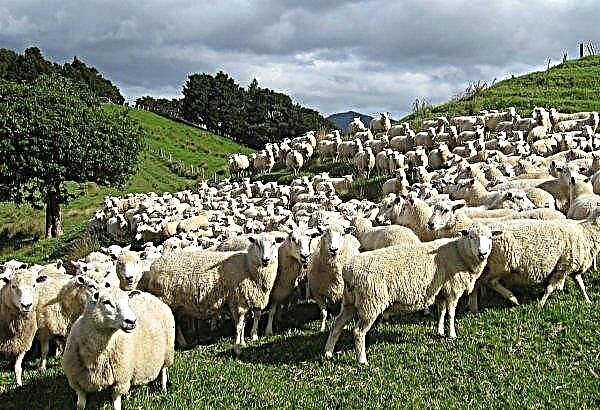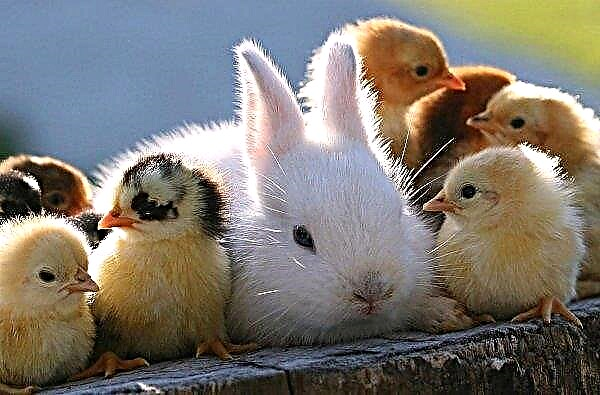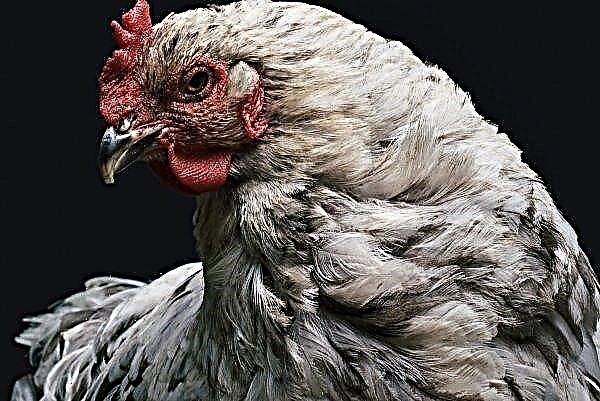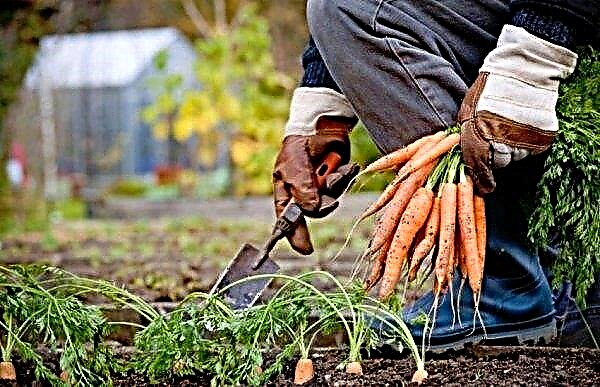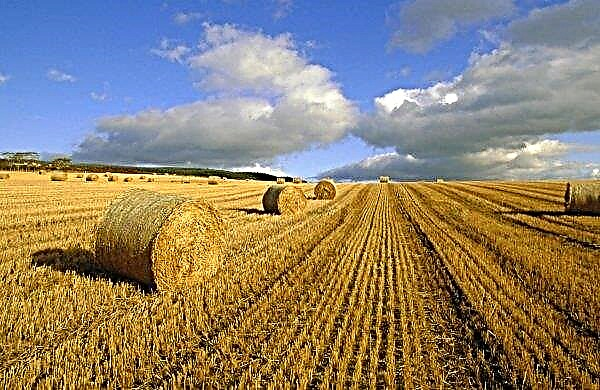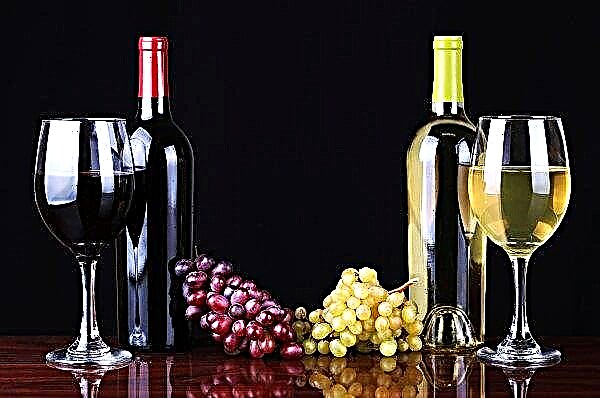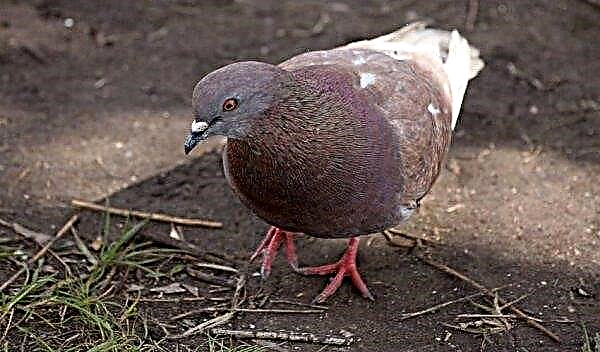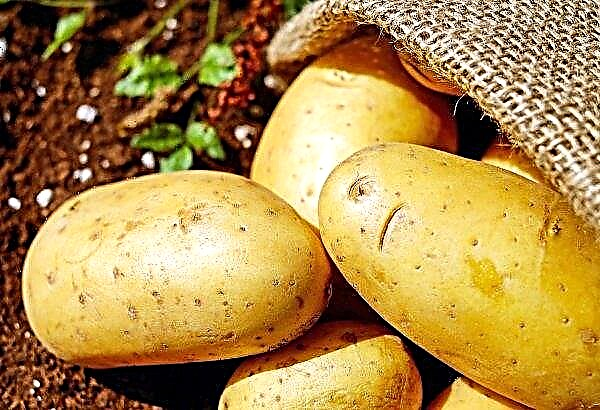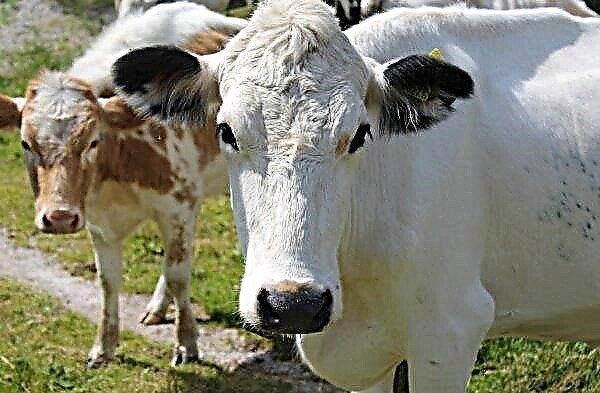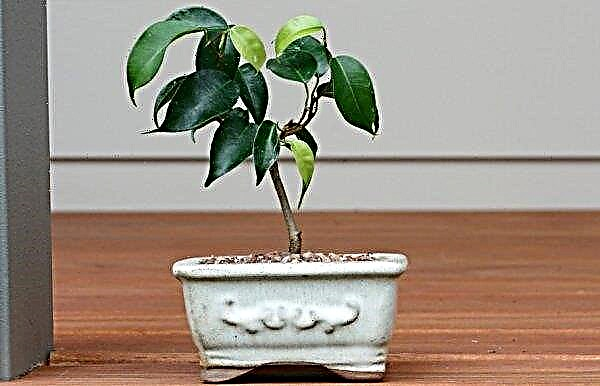Garden greens are loved by many. It allows you to add notes of freshness to dishes, saturates with vitamins. The article will focus on dill, its beneficial properties, cultivation and use.
What is dill?
The herb is the only representative of its kind. Annuals reproduce well by self-sowing, so it can often be found growing in the wild. Dill is odorous (fragrant), or garden dill (ordinary) belongs to the umbellate family.
Distribution and homeland of the plant
According to scientists, the plant appeared in Asia, from where it spread everywhere. In the wild, it can grow along roads, in city parks.
It can be found in:
- Of Asia;
- Africa
- Australia
- Europe
- North and South America.

Botanical Description and Characterization
Spicy plant up to 1.5 m tall with a rod type root system. The central root is thin and unbranched. The stalk is erect, thin grooves dotted with it. Branches usually at the top. The leaf arrangement is alternate. Dissected, filiform leaves grow on long petioles.
In June-July, inflorescences appear - small, yellow in color, which resemble umbrellas. The diameter of the umbrella is up to 10 cm, the structure is radiation.
Did you know? In ancient times, dill was protected by bunches of dill: bouquets with a pungent smell scared insects and evil spirits.
In late July, oval-shaped seeds ripen up to 3 cm long. A characteristic feature of the plant is the long-term growth of green mass, which can be harvested throughout the growing season.
Chemical composition and calorie content
The composition of ordinary dill contains a large number of acids, minerals and vitamins, other useful elements:
Vitamins:
- retinol (A);
- thiamine (B1);
- riboflavin (B2);
- pantothenic acid (B5);
- pyridoxine (B6);
- folic acid (B9);
- ascorbic acid (C);
 Minerals:
Minerals:- potassium;
- calcium;
- magnesium;
- phosphorus;
- iron;
- manganese;
Fatty acid:
- oleic;
- palmitic;
- linoleic.
In addition, essential oils, pectins and flavonoids are present in the greenery of the plant. The second name of the culture - fragrant dill - is given for a bright aroma reminiscent of the smell of caraway seeds.
Nutrition and energy value:
- proteins - 3.5 g;
- fats - 1.1 g;
- carbohydrates — 7 g;
- fiber - 2.1 g;
- water - 85.95 g;
- calories per 100 g - 34 kcal.
Dill Properties
Due to its rich composition, garden dill has beneficial properties for the human body. However, the same composition is not useful to everyone.
Benefit
The presence of vitamins, especially ascorbic acid, with the regular use of herbs in food, will strengthen the immune system and prevent anemia. Fiber and acids contribute to the digestive tract, metabolism.
- In addition, the culture has the following properties:
- antimicrobial;
- carminative;
- secretory;
- painkiller;
- decongestant;
- a cold;
- sedative;
- wound healing;
- antispasmodic.
Harm and contraindications
Abuse of the product should not be due to the large number of essential oils, which can irritate the mucous membranes of the stomach and intestines. It is undesirable to eat greens for people with low pressure.
With caution, you should use preparations from the plant and the greens themselves to pregnant women. Strict contraindications are individual intolerance.
Growing Features
Dill is grown as an annual plant. Sowing is carried out in late autumn, leaving seeds for the winter, or in the spring. In spring, sowing begins in April, sowing with an interval of 10-12 days to July inclusive. This method allows you to get fresh fragrant herbs all season. When tape sowing between the rows leave a distance of up to 30 cm
Important! It is undesirable to plant cultivated dill in the lowlands where rain or melt water accumulates: he does not like waterlogging.
Dill is unpretentious to the composition of the soil, but develops better and bears fruit on fertile and light in structure soils. To do this, in the autumn, they dig a plot, introducing organic fertilizers.
Watering plants is rare, it has enough rainfall. In their absence, the sprinkling method is used once a week. Culture does not need top dressing, but on poor soils it responds well to organic matter. When top dressing with mineral compounds, gardeners prefer to use "Mortar".
Culture does not need garters and supports, despite high growth. Its flexible stem does not break due to strong gusts of wind. It also does not require the formation of a bush, growing green mass on 2-3 stems.
How to apply?
The green parts of the plant are used in cooking, cosmetology and medicine: stems, foliage and fruits. The seeds of a plant are called fruits.
In cooking
Fragrant herbs and fruits are used as a fresh spice and in winter preparations. Dried and fresh herbs - excellent seasoning:
Dried and fresh herbs - excellent seasoning:
- to salads;
- second and first courses;
- stuffing for pies and pies.
Important! In addition to the spicy taste and aroma, dill extends the shelf life of canned foods.
Blooming umbrellas and foliage complement:
- marinades;
- pickles;
- salting;
- pickled products.
In medicine
Dill is a medicinal herb and is widely used in folk and official medicine.
The properties of the medicinal herb and its seeds are used in the treatment of such diseases:
- flatulence;
- hemorrhoids;
- inflammatory processes on the skin;
- bronchitis;
- sleep disturbance;
- metabolic disease;
- angina pectoris;
- muscle cramps;
- coronary insufficiency.
 Grass and seeds are included in such herbal fees:
Grass and seeds are included in such herbal fees:- to improve lactation;
- for weight loss;
- urological collection;
- a cold;
- from insomnia.
In cosmetology
In home and industrial cosmetology, greens and seeds are used to prepare cosmetics:
- lotions;
- scrubs;
- masks and creams for the skin;
- toothpaste;
- mouthwash.
Cosmetic properties of the culture:
- whitens and evens out skin tone;
- relieves swelling and inflammation;
- smoothes out bumps in the surface layer of the skin
- regulates the sebaceous glands;
- treats acne and blackheads;
- tightens the oval of the face;
- moisturizes and nourishes;
- tones and rejuvenates.
 Dill is a diverse culture in application: in cooking - spice, in medicine and cosmetology - a medicine and the solution of aesthetic problems.
Dill is a diverse culture in application: in cooking - spice, in medicine and cosmetology - a medicine and the solution of aesthetic problems.Did you know? According to the records of the ancient doctor Avicenna, dill helps to get rid of hiccups, headaches and senile spots on the skin.
Cultivation is simple, it is unpretentious to the conditions, does not require much attention.

